This article was medically reviewed by Janice Litza, MD. Dr. Litza is a board certified Family Medicine Physician in Wisconsin. She is a practicing Physician and taught as a Clinical Professor for 13 years, after receiving her MD from the University of Wisconsin-Madison School of Medicine and Public Health in 1998.
There are 7 references cited in this article, which can be found at the bottom of the page.
This article has been viewed 58,876 times.
Pleurisy is the inflammation of the tissue around your lungs, and it can have quite a few underlying causes. To treat it, you’ll need to see your doctor to determine those causes, but once you know the cause, it's usually easy to treat! If it’s caused by a viral infection, there isn’t much you can do but wait it out, but you can take anti-inflammatory and pain medication to get some relief. If it’s caused by a bacterial infection, you’ll likely need antibiotics. You might need to have some bloodwork or a chest x-ray done to determine if you have pleurisy for sure.
Steps
Diagnosing Pleurisy
-
1Pay attention to pain in your chest. A sharp pain in your chest is the first symptom of pleurisy. You’ll usually feel it on 1 side of your chest or the other, but it might also feel like it’s coming from your whole chest.[1]
-
2Listen for a dry cough. Pleurisy can cause a dry cough. If you notice you’ve been coughing a lot, listen to the cough itself. If it’s dry – that is, if it doesn’t produce any phlegm – that can be another symptom of pleurisy.[2]Advertisement
-
3Get a medical diagnosis. Only a doctor can order the tests necessary to diagnose pleurisy. If you experience any of the symptoms of pleurisy, see your doctor right away. Your doctor will listen to your lungs to check for the distinctive sound caused by pleurisy – a dry, crunching sound.[3]
- Make sure you bring a list of your symptoms with you, including when they began.
-
4Get a blood test. A blood test can determine if there’s anything else going on with your health. A blood test lets your doctor see if you have an autoimmune disease or infection, which can be underlying causes of pleurisy.[4]
-
5Go for an ultrasound. If your doctor can’t tell for sure if you have pleurisy from listening to your lungs, they might order an ultrasound for you. You’ll likely have to go to another office for the ultrasound, and the results will be sent back to your doctor.[5]
- Not all insurance plans cover ultrasounds for diagnostic purposes. You might want to check your benefits to see if you’ll have to pay for the ultrasound, and how much.
-
6Get a chest x-ray. A chest x-ray will let your doctor see if your lungs are working the way they’re supposed to. It will also show your doctor if there is liquid between your lungs and ribs – a classic symptom of pleurisy.[6]
-
7Have a biopsy. Your doctor might not be able to fully diagnose you from the methods above. If they can’t, they might order a biopsy on your lung tissue. This will tell them for sure what’s wrong, and whether there are other underlying issues.[7]
Seeking Professional Help
-
1Ask your doctor about treatment options. The treatment of your pleurisy will depend on what’s causing it. Your doctor can perform a variety of tests and tell you the best treatment option for you. This might include blood tests, chest x-rays, MRIs, or tissue biopsies. Your doctor will tell you what sorts of tests you should have.
-
2Take antibiotics for pleurisy caused by a bacterial infection. If the pleurisy you’re experiencing is caused by a bacterial infection, you’ll need to treat the underlying cause. Your doctor may prescribe 1 or more antibiotics to clear up the infection. Depending on how severe your symptoms are, the antibiotics might be in pill or injection form. Make sure you follow your doctor’s instructions for taking the medication.[8]
-
3Have fluid drained from your lungs, if needed. If the pleurisy is caused by a pulmonary embolism or a very severe bacterial infection, fluid might build up around your lungs. In that case, you’ll need to have the fluid drained. Either a general anesthetic – which makes you unconscious – or a local anesthetic – which numbs 1 area of your body – will be administered. Then a tube will be inserted through your chest to drain the fluid.[9]
- Depending on how much fluid needs to be drained, you might have to stay in the hospital for a few days. Your doctor will let you know if you can have the procedure done in their office or if you’ll need to be admitted.
Treating Pleurisy at Home
-
1Get extra rest for 2-3 days if you have a viral infection. If the pleurisy is caused by a viral infection, there’s not much you can do but wait it out. Get as much rest as you can to speed up your healing process. Try to find the position where you are most comfortable – but keep in mind you still might have a bit of pain – and rest.[10]
- If you can, try to rest for 48 to 72 hours.
- It seems a little counterintuitive, but lying down on the side of your chest that hurts can help relieve some of that pain.[11]
- Once you start feeling better, you might be tempted to overdo things. Make sure you’re still resting, even after you start to improve. Otherwise, your illness can come back.
-
2Apply a cold compress to your chest. Applying cold to your chest can numb it. This can help alleviate some of your symptoms. A cloth run through cold water, or an icepack wrapped in a towel can work well. Lay the cloth or icepack on your chest for 15 minutes, and then give your body a break for 20 minutes or so.[12]
-
3Take anti-inflammatory and pain-relieving drugs for the chest pain. Pleurisy is basically an inflammation of the tissue in your lungs, so taking anti-inflammatory medication can help relieve your symptoms. An anti-inflammatory medication that’s also a pain reliever – like ibuprofen – can give you some relief, too. Follow the directions on the bottle of medication for dosage and timing.[13]
- There may be additional methods you can try to ease your pleurisy pain.
Warnings
- If you are experiencing severe chest pain and shortness of breath, go to the hospital immediately.⧼thumbs_response⧽
References
- ↑ 9869249 https://www.wikihow.com/Treat-Akathisia
- ↑ https://www.nhs.uk/conditions/pleurisy/
- ↑ https://www.betterhealth.vic.gov.au/health/conditionsandtreatments/pleurisy
- ↑ https://www.betterhealth.vic.gov.au/health/conditionsandtreatments/pleurisy
- ↑ https://www.nhs.uk/conditions/pleurisy/
- ↑ https://www.betterhealth.vic.gov.au/health/conditionsandtreatments/pleurisy
- ↑ https://www.nhsinform.scot/illnesses-and-conditions/lungs-and-airways/pleurisy
- ↑ https://www.nhsinform.scot/illnesses-and-conditions/lungs-and-airways/pleurisy#treatment
- ↑ https://my.clevelandclinic.org/health/diseases/21172-pleurisy
- ↑ https://www.nhsinform.scot/illnesses-and-conditions/lungs-and-airways/pleurisy
- ↑ https://www.nhsinform.scot/illnesses-and-conditions/lungs-and-airways/pleurisy#treatment
- ↑ https://myhealth.alberta.ca/Health/aftercareinformation/pages/conditions.aspx?hwid=uf7538
- ↑ https://my.clevelandclinic.org/health/diseases/21172-pleurisy
About This Article
To treat pleurisy, it's important that you go see a doctor so they can run tests and determine what's causing your pleurisy in the first place. Depending on your symptoms, your doctor may want to run blood tests, chest x-rays, MRIs, or tissue biopsies. Then, if your doctor determines your pleurisy is the result of a viral infection, you'll need to rest for a few days and wait for it to clear up on its own. If your pleurisy is caused by a bacterial infection, your doctor will likely prescribe you antibiotics. For more tips from our Medical co-author, like how to tell if you have pleurisy, read on!
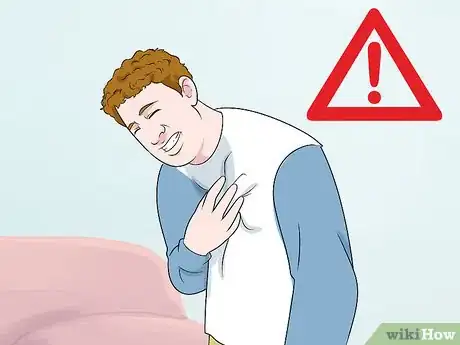

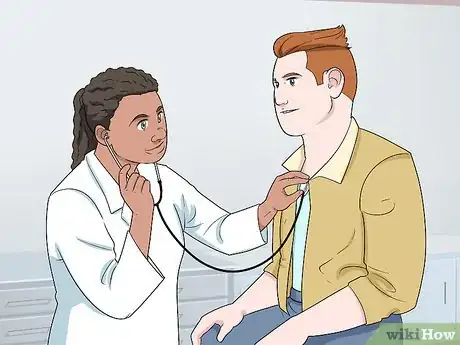

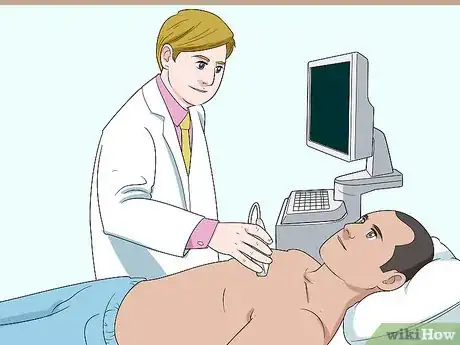
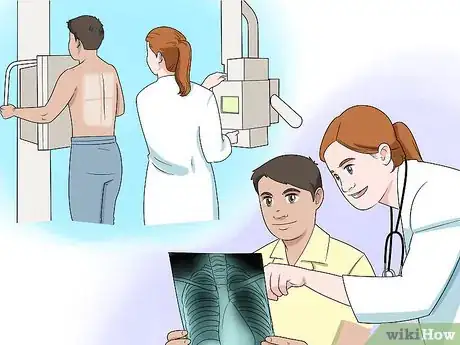
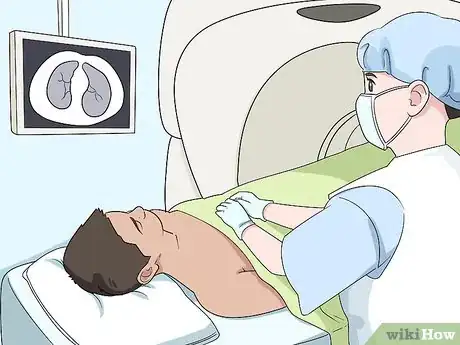
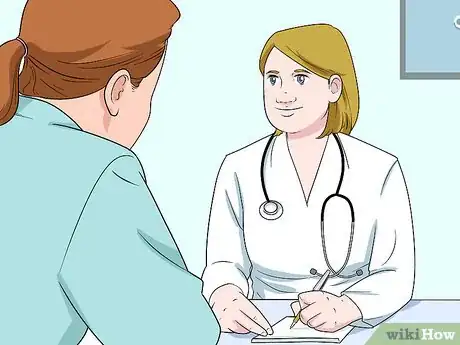

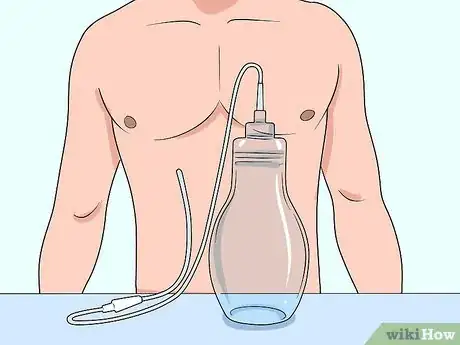
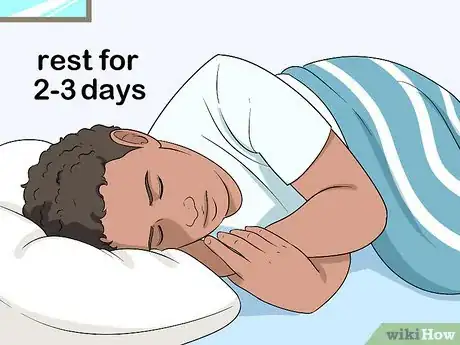
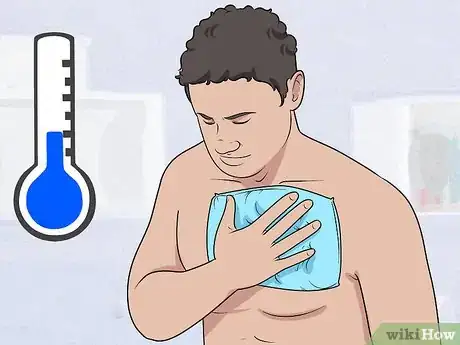
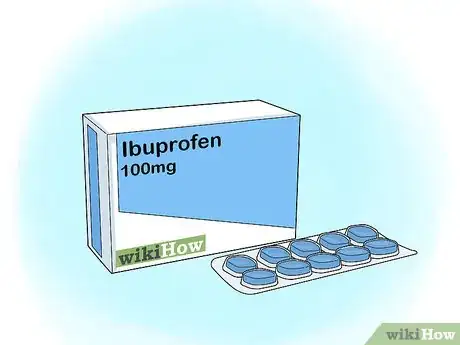

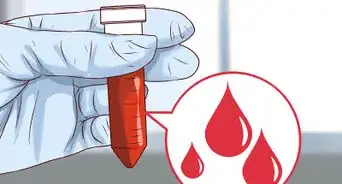
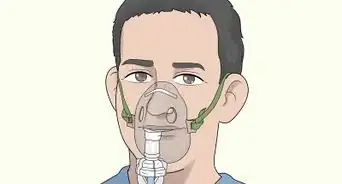


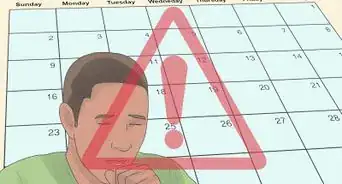

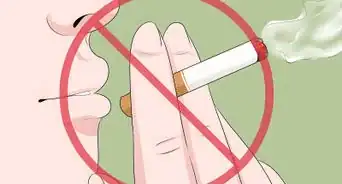





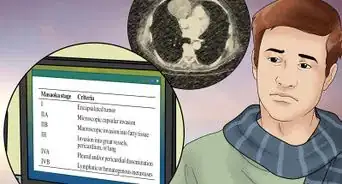














































Medical Disclaimer
The content of this article is not intended to be a substitute for professional medical advice, examination, diagnosis, or treatment. You should always contact your doctor or other qualified healthcare professional before starting, changing, or stopping any kind of health treatment.
Read More...